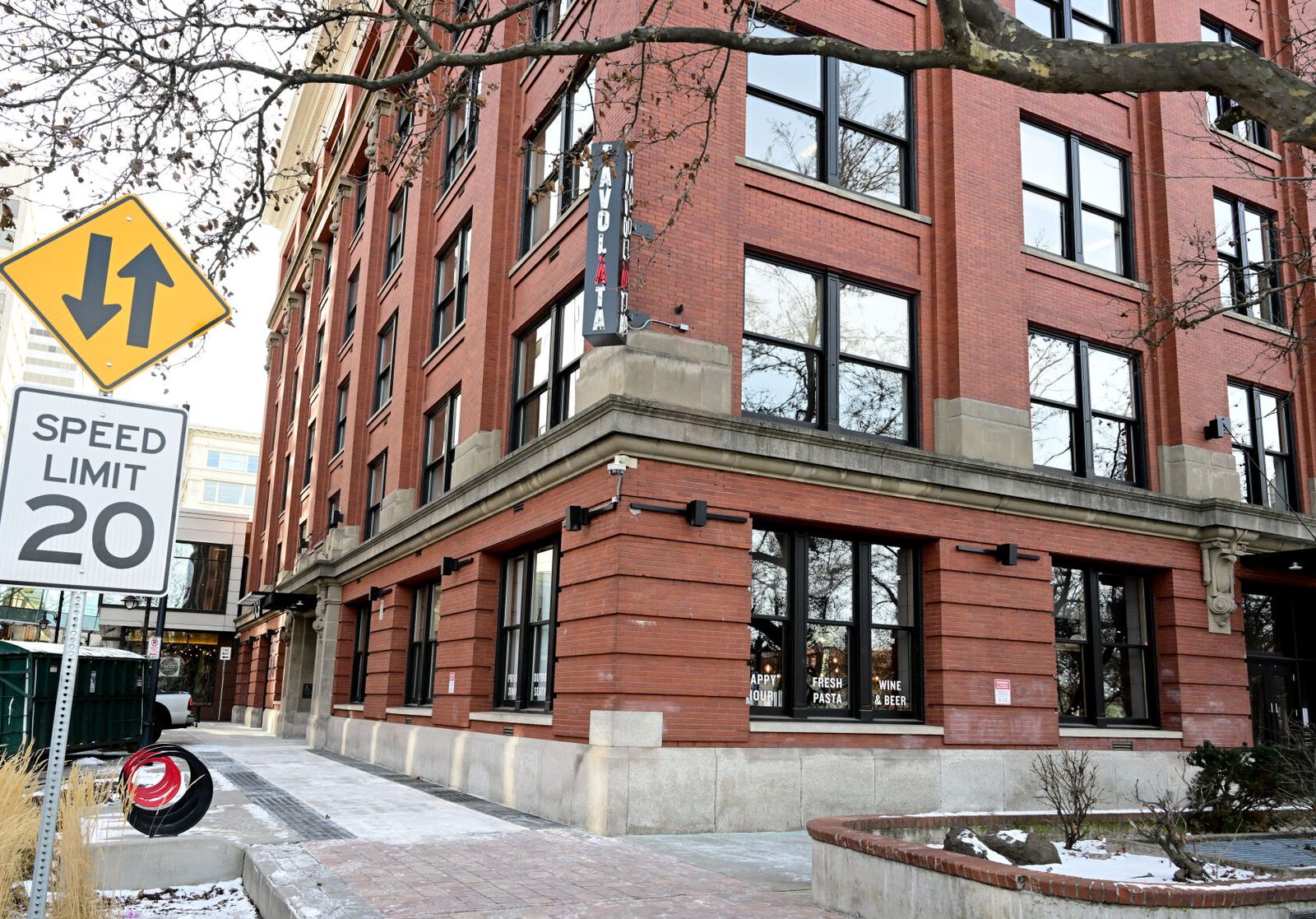
Then and Now: Temporary City Hall
The planners of a new Union Depot in downtown Spokane needed a favor in 1909: Can we buy City Hall?
Section:Then & Now
Then and Now: Temporary City Hall
The planners of a new Union Depot in downtown Spokane needed a favor in 1909: Can we buy City Hall?
The depot would be a few hundred yards away and the tracks would run right through the 15-year-old building, resplendent with turrets and arched windows.
The city agreed after much negotiation, using the railroad money to pay off the old building.
The old one was nice, but the new one would be even grander.
The sale contract said demolition would begin in May 1913 or penalties would be paid. The city asked architect Julius Zittel to design the new hall and condemned the corner of Wall Street and Spokane Falls Boulevard.
Zittel designed a grand tower and fire station for $650,000. The voters turned it down. City leaders lowered the height, took out some frills and sent a $500,000 design to the voters. Again it was voted down.
With time short, the city took the cost down to $250,000 and, under an emergency ordinance, passed a bond levy on its own. This structure would only be temporary until the voters saw what the city really needed. Little more than a year remained before more than 100 city employees would be evicted, so contractor M.C. Murphy began working furiously. The company hired any skilled mason for almost twice the going rate.
In the fall of 1912, Murphy pleaded for an extension without penalty. The city gave him two months, knowing it would be paying rent to the railroad.
In December, Murphy was nowhere to be found, leaving an unfinished building. Murphy’s bonding company was on the hook, spending more than $80,000 to finish the work in order to collect the final $40,000 the city owed Murphy.
Even then, workmanship was shoddy and much had to be fixed throughout 1913 and 1914 to get the city to finally sign off. The temporary structure, designed to be a warehouse once the city built a proper civic home, was used for almost 70 years despite the city more than doubling its workforce.
In 1960, the police department moved to the Realty Building. Throughout the 1960s, the City Council talked about a new building. The 1913 structure had only one women’s restroom, one elevator and a damp, unusable basement.
But the move to the current city hall waited until Montgomery Ward left its building in 1978. The city’s offices moved there in 1982.
Share on Social Media

